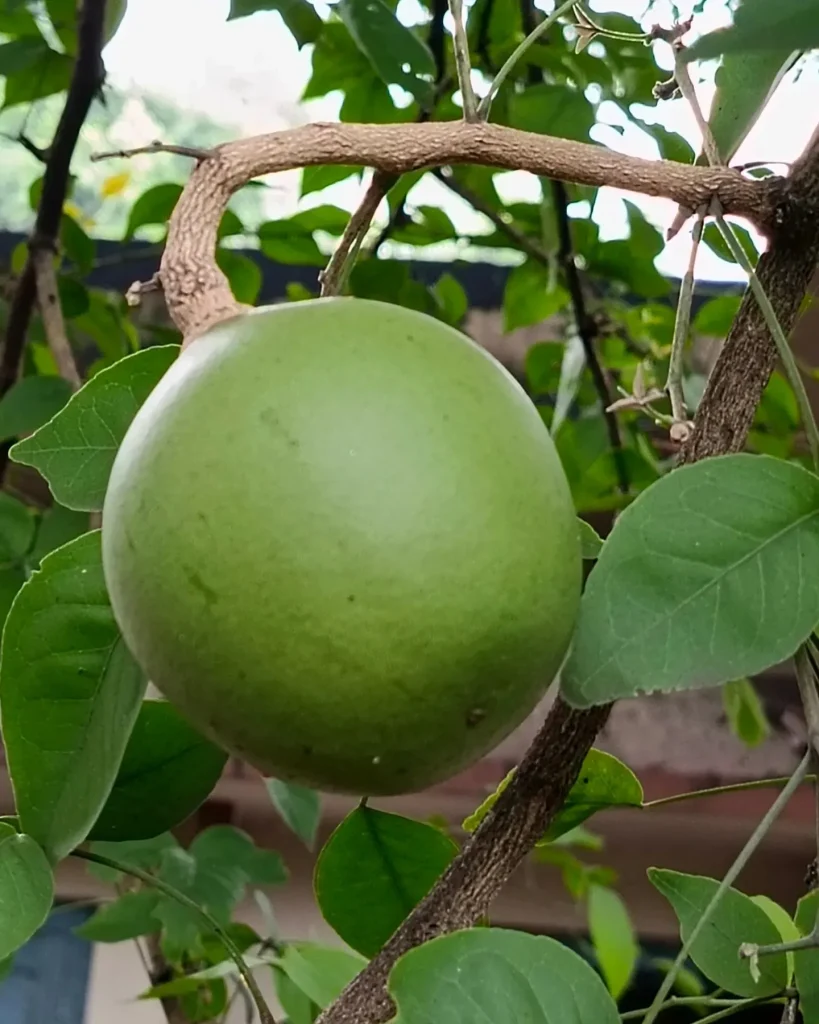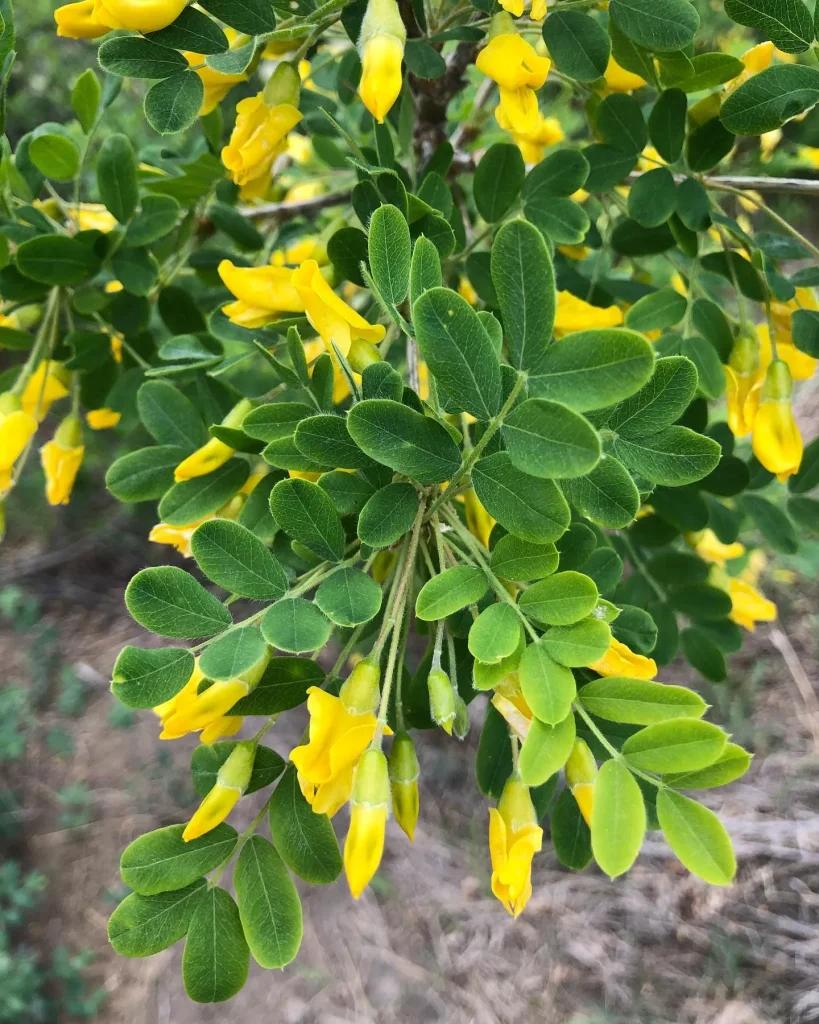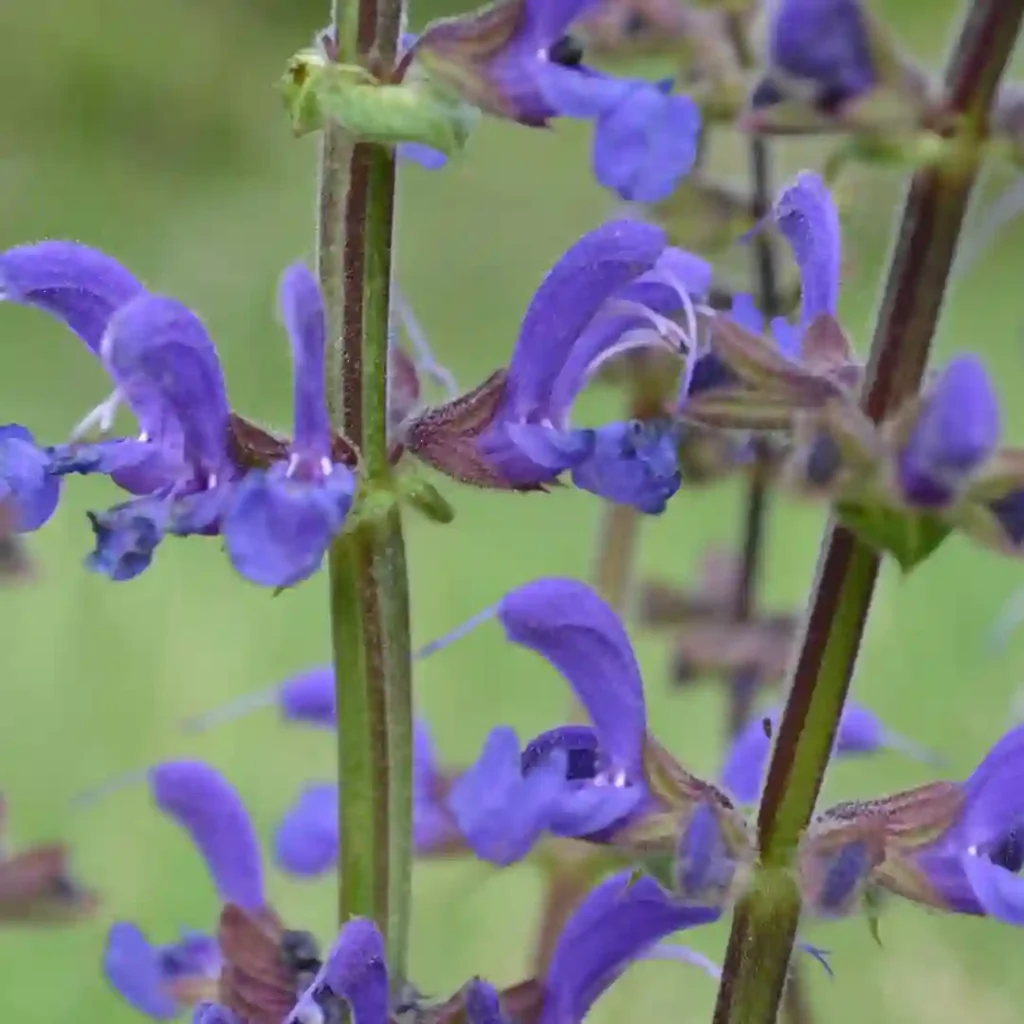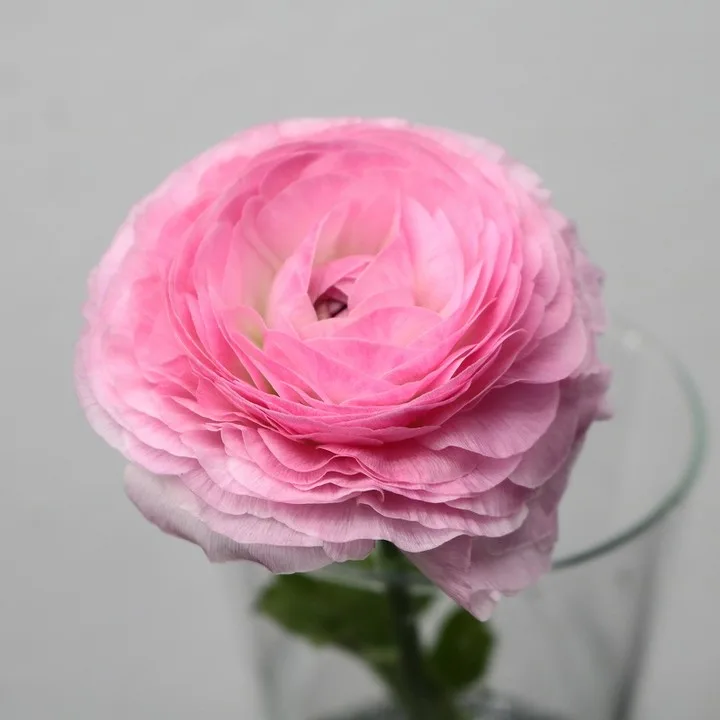The Sow Thistle: A Familiar Face by the Wayside
As a nature enthusiast, I’ve always been fascinated by the resilience and adaptability of wild plants. One genus that particularly catches my eye is Sonchus, more commonly known as the sow thistle. These unassuming plants, often dismissed as weeds, possess a quiet beauty and a surprising number of uses. I encounter them frequently during my walks in the countryside, their cheerful yellow flowers brightening up neglected corners and disturbed ground.
A Closer Look at Sonchus
The name Sonchus originates from the ancient Greek word for “hollow,” likely referring to the hollow stems characteristic of these plants. They belong to the Asteraceae family, a vast group that includes sunflowers, daisies, and dandelions. Sow thistles share a close resemblance to dandelions, particularly in their flower structure and seed dispersal method. Both have flower heads composed of numerous tiny florets that mature into fluffy seed heads carried by the wind.
However, a closer examination reveals distinct differences. Unlike the smooth leaves of dandelions, sow thistles have leaves that are typically lobed and prickly, often clasping the stem. They also exude a milky sap when broken, a feature common to many members of the Asteraceae family.
Species within the Sonchus Genus
The Sonchus genus comprises a diverse group of plants, with an estimated 106 species found worldwide. Here are:
- Sonchus acaulis Dum.Cours.
- Sonchus × aemulus Merino
- Sonchus afromontanus R.E.Fr.
- Sonchus araraticus Nazarova & Barsegyan
- Sonchus arboreus (Brouss.) DC.
- Sonchus arvensis L.
- Sonchus asper (L.) Hill
- Sonchus × beltraniae U.Reifenb. & A.Reifenb.
- Sonchus berteroanus (Decne.) S.C.Kim & Mejías
- Sonchus bipontini Asch.
- Sonchus bornmuelleri Pit.
- Sonchus bourgeaui Sch.Bip.
- Sonchus brachylobus Webb
- Sonchus brachyotus DC.
- Sonchus brassicifolius S.C.Kim & Mejías
- Sonchus briquetianus Gand.
- Sonchus bulbosus (L.) N.Kilian & Greuter
- Sonchus bupleuroides (Font Quer) N.Kilian & Greuter
- Sonchus camporum (R.E.Fr.) Boulos ex C.Jeffrey
- Sonchus canariensis (Webb) Boulos
- Sonchus capillaris Svent.
- Sonchus cavanillesii Caball.
- Sonchus congestus Willd.
- Sonchus crassifolius Pourr. ex Willd.
- Sonchus daltonii Webb
- Sonchus dregeanus DC.
- Sonchus erzincanicus V.A.Matthews
- Sonchus esperanzae N.Kilian & Greuter
- Sonchus fauces-orci Knoche
- Sonchus fragilis Ball
- Sonchus friesii Boulos
- Sonchus fruticosus L.f.
- Sonchus gandogeri Pit.
- Sonchus gigas Boulos ex Humbert
- Sonchus gomeraensis Boulos
- Sonchus grandifolius Kirk
- Sonchus gummifer Link
- Sonchus heterophyllus (Boulos) U.Reifenb. & A.Reifenb.
- Sonchus hierrensis (Pit.) Boulos
- Sonchus hotha C.B.Clarke
- Sonchus hydrophilus Boulos
- Sonchus integrifolius Harv.
- Sonchus jacottetianus Thell.
- Sonchus jainii Chandrab., V.Chandras. & N.C.Nair
- Sonchus × jaquiniocephalus Svent.
- Sonchus kirkii Hamlin
- Sonchus laceratus (Phil.) S.C.Kim & Mejías
- Sonchus latifolius (Lowe) R.Jardim & M.Seq.
- Sonchus leptocephalus Cass.
- Sonchus lidii Boulos
- Sonchus lobatiflorus S.C.Kim & Mejías
- Sonchus luxurians (R.E.Fr.) C.Jeffrey
- Sonchus macrocarpus Boulos & C.Jeffrey
- Sonchus maculigerus H.Lindb.
- Sonchus malayanus Miq.
- Sonchus marginatus (Bertero ex Decne.) S.C.Kim & Mejías
- Sonchus maritimus L.
- Sonchus masguindalii Pau & Font Quer
- Sonchus mauritanicus Boiss. & Reut.
- Sonchus × maynari Svent.
- Sonchus megalocarpus (Hook.f.) J.M.Black
- Sonchus melanolepis Fresen.
- Sonchus micranthus (Bertero ex Decne.) S.C.Kim & Mejías
- Sonchus microcarpus (Boulos) U.Reifenb. & A.Reifenb.
- Sonchus microcephalus Mejías
- Sonchus nanus Sond. ex Harv.
- Sonchus neriifolius (Decne.) S.C.Kim & Mejías
- Sonchus novae-zelandiae (Hook.f.) B.D.Jacks.
- Sonchus × novocastellanus Cirujano
- Sonchus obtusilobus R.E.Fr.
- Sonchus oleraceus L.
- Sonchus ortunoi Svent.
- Sonchus palmensis (Webb) Boulos
- Sonchus palustris L.
- Sonchus parathalassius J.G.Costa ex R.Jardim & M.Seq.
- Sonchus pendulus (Sch.Bip.) Sennikov
- Sonchus phoeniciformis S.C.Kim & Mejías
- Sonchus pinnatifidus Cav.
- Sonchus pinnatus Aiton
- Sonchus pitardii Boulos
- Sonchus platylepis Webb & Berthel.
- Sonchus × prudhommei Bouchard
- Sonchus pruinatus (Johow) S.C.Kim & Mejías
- Sonchus pustulatus Willk.
- Sonchus radicatus Aiton
- Sonchus regis-jubae Pit.
- Sonchus regius (Skottsb.) S.C.Kim & Mejías
- Sonchus × rotundilobus Popov ex Kovalevsk.
- Sonchus × rupicola (Svent.) A.Santos & Mejías
- Sonchus saudensis Boulos
- Sonchus schweinfurthii Oliv. & Hiern
- Sonchus sinuatus S.C.Kim & Mejías
- Sonchus sosnowskyi Schchian
- Sonchus splendens S.C.Kim & Mejías
- Sonchus stenophyllus R.E.Fr.
- Sonchus suberosus Zohary & P.H.Davis
- Sonchus sventenii U.Reifenb. & A.Reifenb.
- Sonchus tectifolius Svent.
- Sonchus tenerrimus L.
- Sonchus transcaspicus Nevski
- Sonchus tuberifer Svent.
- Sonchus ustulatus Lowe
- Sonchus webbii Sch.Bip.
- Sonchus wightianus DC.
- Sonchus wildpretii U.Reifenb. & A.Reifenb.
- Sonchus wilmsii R.E.Fr.
The Sow Thistle’s Role in the Ecosystem
While often considered weeds, sow thistles play a valuable role in the ecosystem. Their flowers provide a source of nectar and pollen for a variety of insects, including bees, butterflies, and hoverflies. The seeds are a food source for birds, and the leaves are consumed by various herbivores, including rabbits and deer.
Human Uses of Sonchus
Surprisingly, sow thistles have a long history of human use. In many cultures, the young leaves and shoots are consumed as a leafy green vegetable, either raw in salads or cooked like spinach. The taste is slightly bitter, reminiscent of dandelion greens.
Sow thistles have also been used in traditional medicine. The milky sap has been applied topically to treat warts and skin irritations, while infusions of the leaves have been used to treat digestive ailments and respiratory problems.
Reflections on the Sow Thistle
For me, the sow thistle serves as a reminder that beauty and value can be found in the most unexpected places. These often-overlooked plants possess a resilience and adaptability that we can all learn from. They thrive in disturbed environments, providing sustenance for wildlife and even offering nutritional and medicinal benefits to humans.
The next time you encounter a sow thistle, take a moment to appreciate its simple beauty and its contribution to the natural world. Don’t dismiss it as just a weed; instead, recognize it as a symbol of resilience, adaptability, and the interconnectedness of all living things.
If i die, water my plants!



